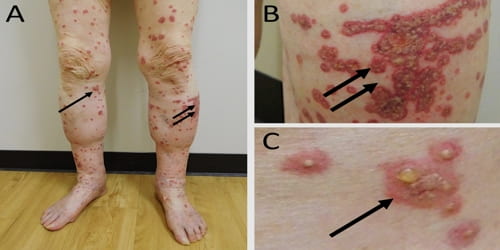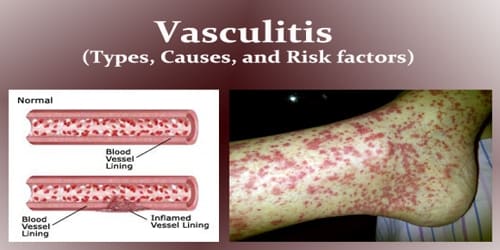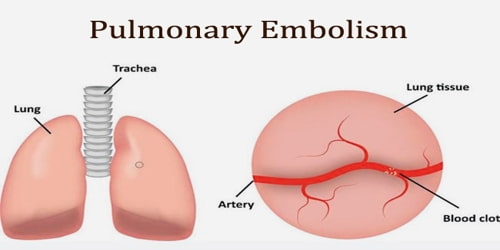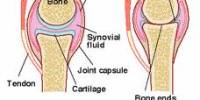Vasculitis (Types, Causes, and Risk factors)
Definition: Vasculitis is also known as angiitis and arteritis that is a group of disorders that destroy blood vessels by inflammation. It causes changes in the blood vessel walls, including thickening, weakening, narrowing or scarring. These changes can restrict blood flow, resulting in organ and tissue damage.
Vasculitis is primarily caused by leukocyte migration and resultant damage. The specific blood vessels affected include arteries, veins, and the tiniest of these known as capillaries. It can affect different parts of the body, leading to a wide range of symptoms.
Fast facts on vasculitis –
- Vasculitis can have a large number of different forms.
- Symptoms of vasculitis can include fever, tiredness, and joint pain.
- Central nervous system vasculitis can cause mental changes and seizures.
- Vasculitis has a number of potential causes including infections and immunologic diseases.
- Treatment for vasculitis often includes steroids.
Each of the vasculitis diseases is defined by certain patterns of distribution of blood vessel involvement, particular organ involvement, and laboratory test abnormalities. As a group, these diseases are referred to as vasculitides.
The word vasculitis is derived from the Latin “vasculum”, vessel + “- itis,” inflammation. Another term for vasculitis is angiitis. When arteries are the inflamed blood vessels, the condition is also referred to as arteritis. When the veins are inflamed, it is referred to as venulitis.

Types of Vasculitis: Vasculitis can be classified by the cause, the location, the type of vessel or the size of the vessel.
There are two main categories of vasculitis – Primary vasculitis, which is vasculitis with no known cause, and secondary vasculitis, which occurred because of another disease such as:
- Infection: Hepatitis C virus infection can cause cryoglobulinemia.
- Immune system disorder: Rheumatoid arthritis and lupus are examples.
- Allergic reaction: Some medications can cause vasculitis.
- Some cancers: Leukemia and lymphoma are examples.
Some specific types of vasculitis are:
- Behcet’s disease
- Buerger’s disease
- Churg-Strauss syndrome
- Cryoglobulinemia
- Giant cell arteritis
- Granulomatosis with polyangiitis
- Henoch-Schonlein purpura
- Kawasaki disease
- Takayasu’s arteritis
These affect different parts of the body and will result in a wide variety of symptoms.

Causes and Risk factors of vasculitis: The actual cause of these vasculitis diseases is usually not known. However, immune system abnormality and inflammation of blood vessels are common features. Each form of vasculitis has its own characteristic pattern of symptoms, much of which depends on what particular organs are affected.
Possible triggers for this immune system reaction include:
- Infections, such as hepatitis B and hepatitis C
- Blood Cancers
- Immune system diseases, such as rheumatoid arthritis, lupus, and scleroderma
- Reactions to certain drugs
Typically, when blood vessels are affected by vasculitis, they become inflamed. This causes:
- the blood vessel walls to thicken
- the blood vessels to narrow
- the blood flow to be reduced
Less blood flow means less oxygen and nutrients getting to organs and body tissues. As a result, the affected blood vessel is more susceptible to blood clots, partly because it is narrower. If the blood vessels weaken, an aneurysm, or bulge, may form.
Vasculitis can occur in any sex or race or at any age. But some factors can increase the risk, such as:
- Smoking
- Having chronic hepatitis B or C infections
- Having some types of autoimmune conditions, including rheumatoid arthritis, scleroderma or lupus
Vasculitis also may occur with infections, drugs (cocaine, amphetamines), cancers, lupus, and rheumatoid arthritis.
Information Source:
















